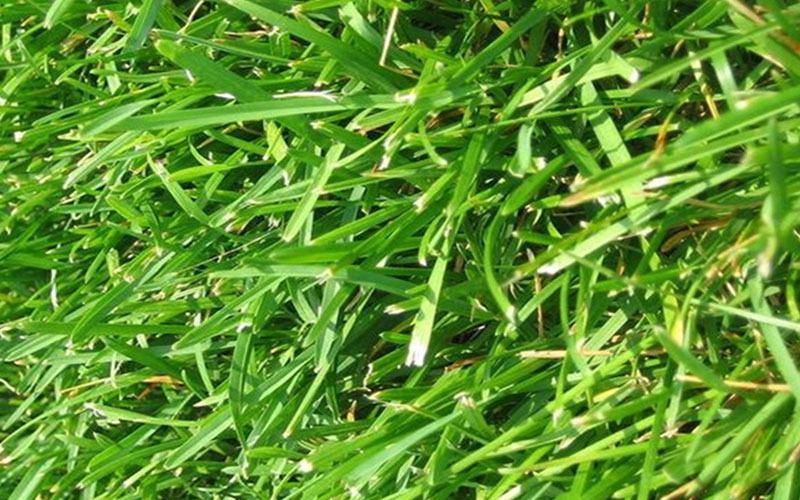Explore The BAHIA SOD

Bahia sod is commonly used among homeowners that do not have use of irrigation. Bahia sod is commonly used in pastures, and it requires very little fertilizer and almost no insecticides to keep it healthy. Bahia can look very nice if proper care is taken. If the grass is fertilized four to six times a year and the weeds are sprayed out, the grass will look very healthy.
Learn More About BAHIA SOD
Grass Watering
Bahia grass is a good low input warm season lawn and pasture grass. Bahia can be easily planted from grass seed and provides a decent "medium utility" turf grass lawn in Southern state areas.
Irrigating on an “as-needed” basis is the best way to maintain any established, mature grass, as long as the proper amount of water is applied when needed. Irrigation is needed when leaf blades begin to fold up, wilt, or turn a blue-gray color, or when footprints remain visible after walking on the grass.
Irrigating on an “as-needed” basis is the best way to maintain any established, mature grass, as long as the proper amount of water is applied when needed. Irrigation is needed when leaf blades begin to fold up, wilt, or turn a blue-gray color, or when footprints remain visible after walking on the grass.
Nutrient Management
Bahia grass is a good low input warm season lawn and pasture grass. Bahia can be easily planted from grass seed and provides a decent "medium utility" turf grass lawn in Southern state areas. Bahia turf requires a moderate amount of lawn grass care, maintenance and mowing. Bahia grass is used extensively for lawns in the southern USA area, especially along coastal areas and in Florida.
Bahia Grass Advantages
Easy to start from seed.
High disease and insect resistance.
Survives in a variety of soils from sandy to clays.
Grows well on infertile, dry soils.
Withstands close grazing and traffic wear.
Grows thick enough to compete with weeds.
With proper care & fertilizer, Bahia creates a beautiful light green lawn.
Responds well to nitrogen applications creating darker green color.
Bahia Grass Advantages
Easy to start from seed.
High disease and insect resistance.
Survives in a variety of soils from sandy to clays.
Grows well on infertile, dry soils.
Withstands close grazing and traffic wear.
Grows thick enough to compete with weeds.
With proper care & fertilizer, Bahia creates a beautiful light green lawn.
Responds well to nitrogen applications creating darker green color.
Mowing Tip
Proper mowing practices are necessary to keep any lawn healthy and attractive. Standard Bahia Grass cultivars should be maintained at a height of 3.5–4 inches. Repeatedly mowing at lower heights increases the stress on the lawn, discourages deep rooting, increases the chance for scalping if a mowing event is missed or postponed due to weather, and may increase susceptibility to pest problems.
Maintaining the right height helps the grass develop a deep root system and gives a better appearance to the turf. No more than 1/3 of the leaf blades should be removed with any mowing. If possible, mowing height should be increased during periods of moisture stress or if the grass is growing in shade.
Maintaining the right height helps the grass develop a deep root system and gives a better appearance to the turf. No more than 1/3 of the leaf blades should be removed with any mowing. If possible, mowing height should be increased during periods of moisture stress or if the grass is growing in shade.

